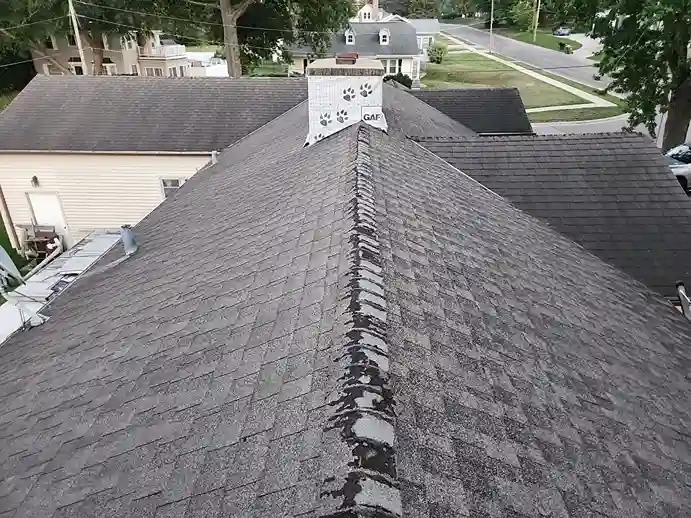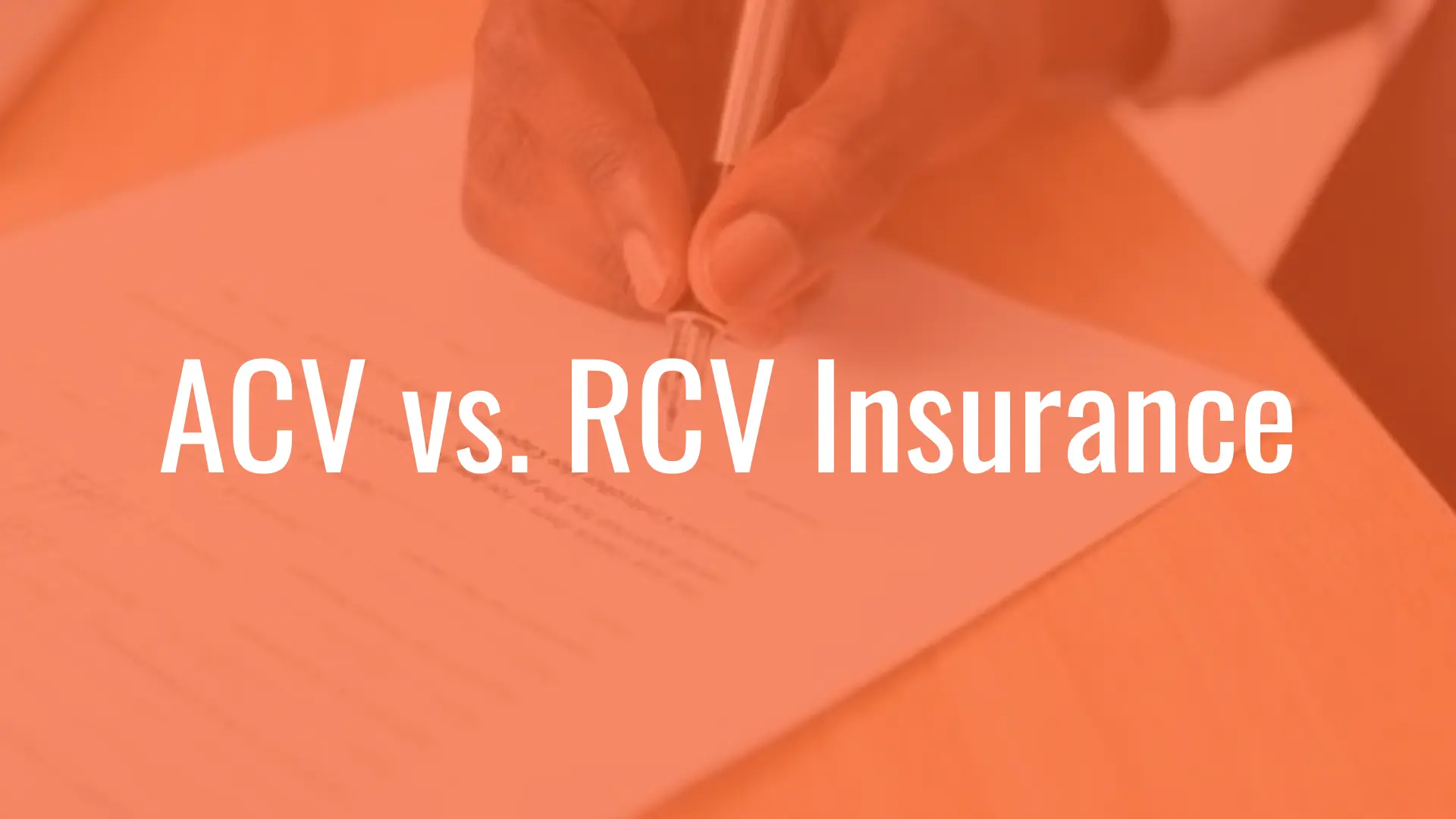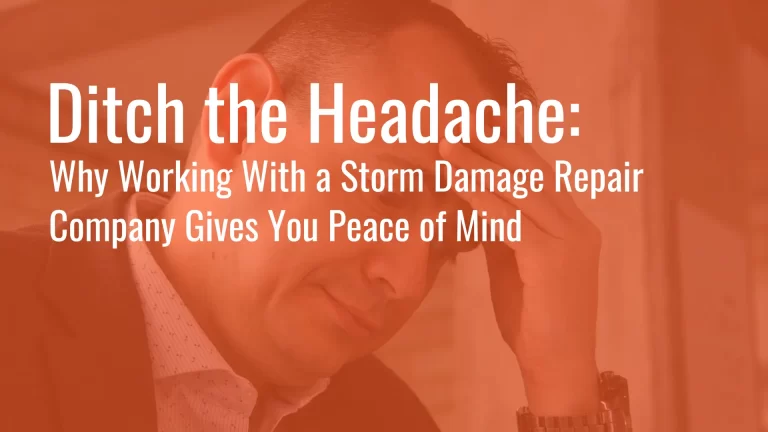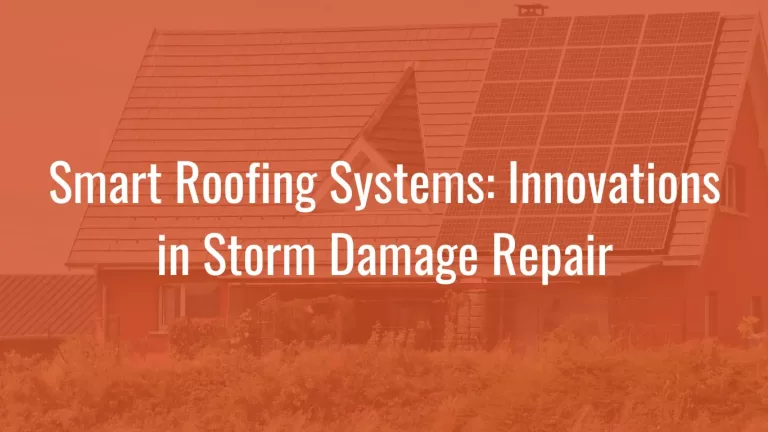ACV vs. RCV Insurance: Key Differences
The roofing industry plays a crucial role in maintaining the safety and integrity of buildings. Homeowners often find themselves navigating complex terms and processes, especially when it comes to insurance claims for roof repairs or replacements. Two essential terms in this context are Actual Cash Value (ACV) and Replacement Cost Value (RCV).
Understanding the differences between ACV and RCV insurance can significantly impact how much a homeowner receives from their insurance company and, consequently, their out-of-pocket expenses.
On this page
ACV Insurance
Actual Cash Value (ACV) refers to the depreciated value of a roof at the time of a loss. This value takes into account the age and condition of the roof, subtracting depreciation from the original cost.
For example, if a roof has a 20-year lifespan and is 10 years old, its ACV is roughly half of its original cost. This method of valuation can result in lower payouts from insurance companies, often leaving homeowners with higher out-of-pocket expenses for repairs or replacements. ACV is commonly used in policies for older roofs or when a lower premium is desired.
RCV Insurance
Replacement Cost Value (RCV insurance), on the other hand, represents the cost to replace or repair the roof with materials of similar kind and quality, without deducting for depreciation.
This means that if a roof is damaged, the insurance payout will cover the cost to restore it to its original condition, based on current prices for labor and materials. Policies with RCV coverage tend to have higher premiums, but they provide more comprehensive financial protection. Homeowners with newer roofs or those seeking more extensive coverage often prefer RCV policies.
Choosing ACV or RCV

When choosing between ACV and RCV, homeowners must weigh several factors, including the age of their roof, their financial situation, and their tolerance for risk. While ACV policies may offer lower premiums, the higher out-of-pocket costs in the event of a claim can be a significant drawback. RCV policies, though more expensive, provide peace of mind by covering the full cost of repairs or replacements. Consulting with insurance agents and roofing professionals can help homeowners make an informed decision that aligns with their needs and budget.
Conclusion
In conclusion, understanding ACV and RCV is crucial for homeowners when it comes to insuring their roofs. Each option has its pros and cons, affecting the financial outcome of a claim significantly. By carefully considering their specific circumstances and priorities, homeowners can choose the coverage that best protects their investment and ensures the long-term integrity of their homes.




















